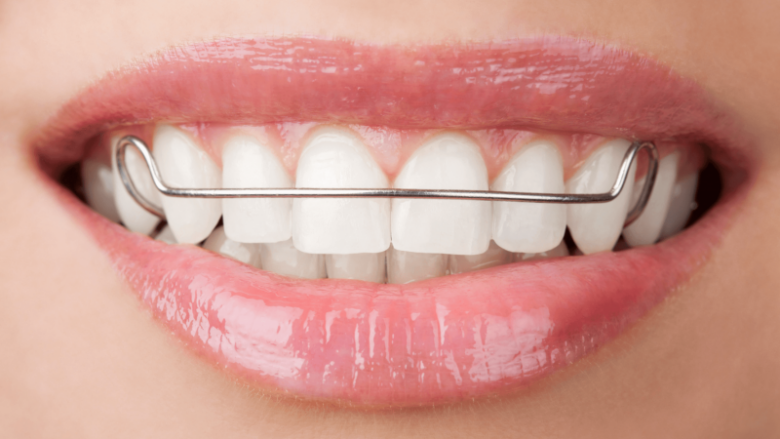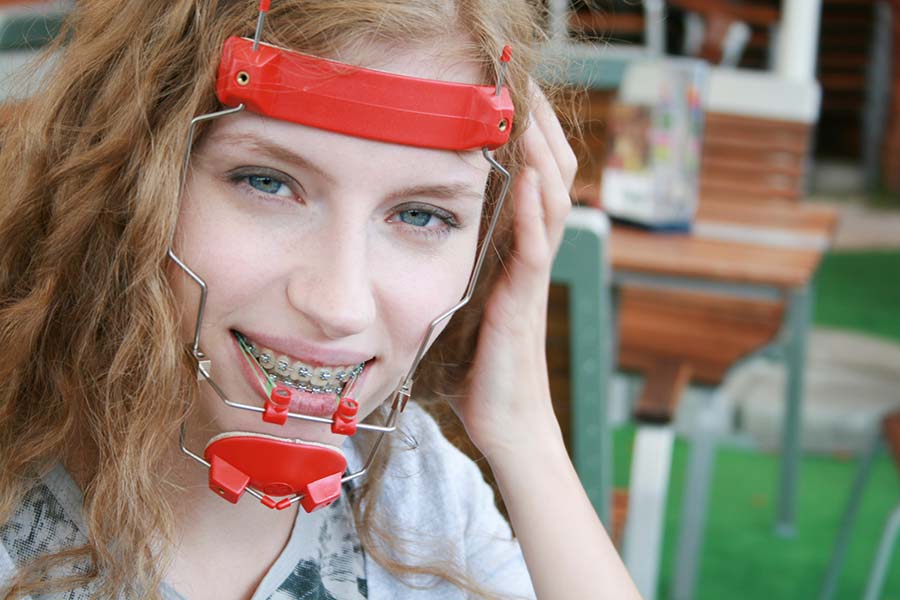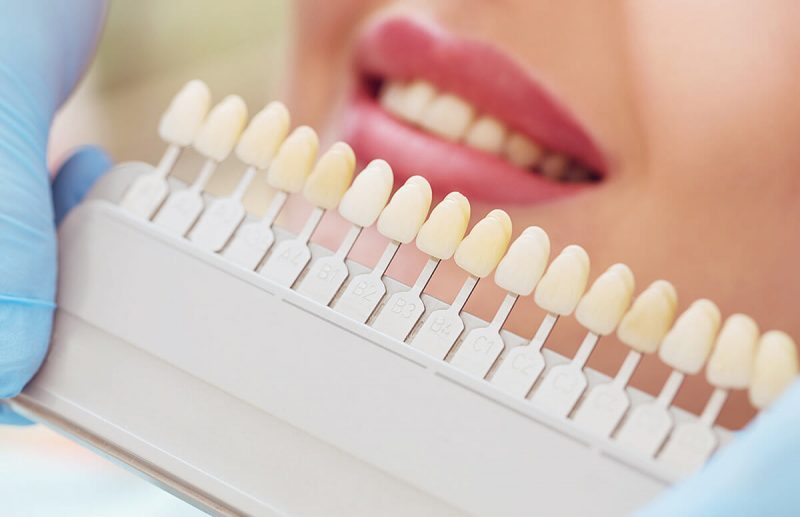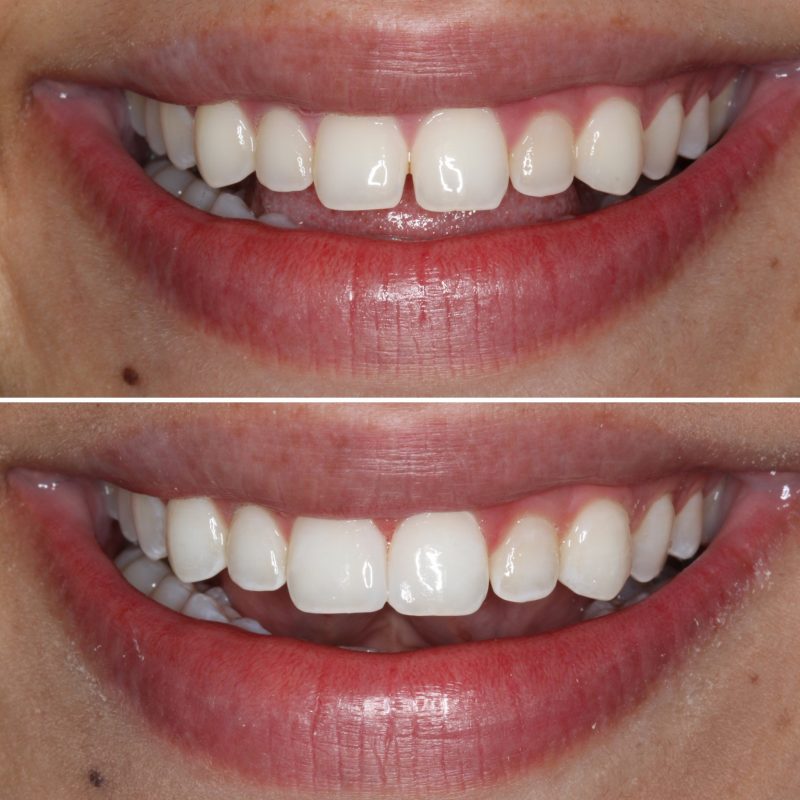Dental care is an important aspect of our overall health and wellness. From regular brushing to bi-annual dental check-ups, oral health should always be a priority. A healthy smile equals a healthy mouth. But our teeth sometimes need a helping hand. There are a variety of products on the market designed to help rectify crooked or gapped teeth. Whether you are on a tight budget or just want to improve your smile, the following alternatives to braces may be able to help give you your smile back today.
1. Clear aligners

img source: skororthodontics.com
With traditional braces dwindling in popularity, clear aligners have risen to take their place. Tailored to fit the contours of your mouth, clean aligners can straighten your smile subtly and discreetly. Clear aligners may also be prescribed in the treatment of overbites, crossbites, overjets, gaps, and overcrowding. Chosen by a growing number of young adults for their ability to be worn undetected, they can prompt the gradual movement of your teeth to restore a healthy, straight smile.
Clear aligners can also be removed whilst eating or drinking anything but water to ensure maximum comfortability and flexibility. A dentist specialising in clear aligners, such as ALIGNERCO, can advise you on a wide range of teeth-straightening choices guaranteed to give you your smile back. From starter kits to night-only options, check their website to find out more information.
2. Retainers

img source: orthodontics.mintdentistry.com
Retainers are typically worn to maintain the position of teeth that have been previously straightened by standard braces. A retainer may not be the best option for a complete readjustment of your smile, but it can prevent teeth from shifting any further and halt any gaps from widening. As the name suggests, a retainer will retain the original position of your teeth.
Your orthodontist may prescribe a retainer without braces for a number of reasons. You may be asked to wear one in an attempt to fix a number of minor issues such as a small gap or a crooked tooth. You may also be asked to wear one to assist with correcting issues related to tongue thrust, thumb sucking, or teeth grinding. Retainers can be fixed or removable. The cost of a new or fixed retainer differs depending on several different factors such as the condition and severity of your teeth and whether you visit a private or public orthodontic clinic. They range from £60 to £400 per arch and can cost over £100 for a full or partial replacement.
3. Headgear

img source: centrepointeorthodontics.com
The most visible form of orthodontic treatment, headgear is often avoided at all costs unless absolutely necessary. Advancements in technology have replaced the need for orthodontic headgear but it is still commonly prescribed. It is mainly advised for the treatment of extreme overbites in children aged 7 to 13 or in patients whose jaw bones are still growing. It operates by applying pressure to the upper teeth and jaw to drive the teeth into the desired position. It must be worn for a minimum of 12 hours a day and can be worn while the patient is asleep. There are several different types of headgear. A cervical pull may be worn to correct an overjet while a high pull can be worn to correct both an overjet and an overbite. A reverse pull, or a facemask, on the other hand, is likely to be prescribed for those with an underdeveloped jaw or a severe underbite.
4. Ceramic veneers

img source: oirdental.com
Ceramic veneers are worn to mask a number of cosmetic imperfections. Each individual veneer is made from a very thin, durable material and can last up to 15 years if cared for correctly. Patients usually opt for ceramic veneers to disguise the appearance of staining, chips or as a result of a recent root canal procedure. The ceramic veneering process can take up to 3-4 weeks from start to finish. During the application process, a thin layer of enamel is removed to allow the veneer to adhere to your tooth. A mould is then created of the contours of the inside of your mouth. You may have to settle for temporary veneers until your custom veneers are complete. Cementing the veneers in place is a relatively speedy process and they can be bonded in a matter of minutes.
5. Ceramic braces

img source: arizonabraces.com
As well as ceramic veneers, ceramic braces are another common alternative. Substantially less noticeable than standard braces, a growing number of patients are opting for dental porcelain to mask a number of tooth-related insecurities. Ceramic braces are constructed from brackets made of tooth-coloured ceramic or transparent material as opposed to steel.
This creates a natural, relaxed look popular with image conscious patients. It is worth remembering, however, that whilst the brackets are relatively undetectable, the wires are still made of steel and will be visible each time you open your mouth.
The length of time it takes to realign your teeth depends on a number of factors, but ceramic braces tend to take a little longer to repair your smile than clear aligners. Ceramic braces have an average wear time of up to 18-36 months compared to 12-18 months for clear aligners.
6. Lingual braces

img source: parkvieworthodonticsandiego.com
There are few differences between lingual braces and conventional braces. Lingual braces tend to be placed at the back of the teeth as opposed to standard braces that require a full set of wires and brackets. Lingual braces also stray from using stainless steel or metal. The brackets are usually constructed from transparent or tooth-coloured ceramic to ensure it blends into the natural colour of your teeth. Lingual braces are prescribed for the same reasons as standard braces. They are usually chosen by image conscious teenagers or young adults or those that do not wish to draw unwanted attention to their ongoing dental procedure. A patient with a deep overbite may not be a suitable candidate for lingual braces due to the increased likelihood of brackets popping off or being accidentally swallowed on a regular basis.
7. Dental bonding

img source: dynamicsmiledesign.com
Aside from braces and veneers, you may be eligible for a series of cosmetic dentistry procedures. Dental bonding is another common alternative. The process is similar to that of veneers but is not quite as invasive. Your dentist or orthodontist will start by applying a transparent tooth-coloured resin to your teeth. This will then be hardened with a special light to bond the two materials together. Composite resins can also be used to fill any cavities in a patient’s teeth. Bonding can repair chipped, cracked or discoloured teeth, and even make teeth appear longer. It can also transform the shape of your teeth and be applied as a protective measure to protect a tooth or portion of a tooth’s roots that have been exposed as a result of receding or decaying gums.
Oral health is the window to your overall health. By maintaining a regular tooth brushing routine and visiting your dentist at least twice a year, you can prevent a whole host of painful, and costly, procedures down the line. Braces are a common solution to a wide range of orthodontic ailments, but they are not for everyone. There are a growing number of alternative teeth straightening options out there guaranteed to improve your smile and boost your confidence.

